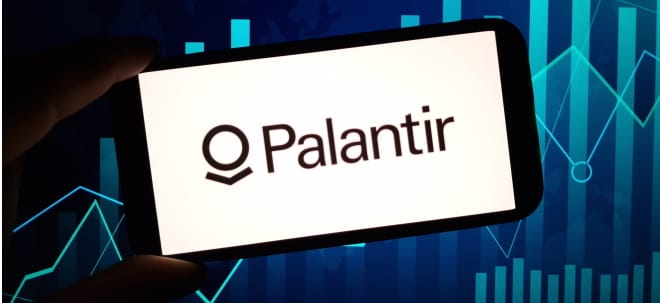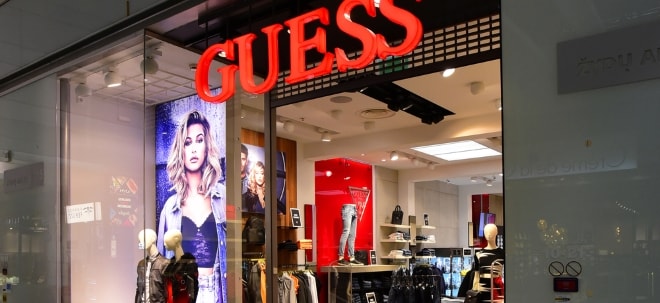Papua New Guinea’s copper/gold opportunities evoking geological superlatives
Geologists regard Papua New Guinea (PNG) as a rousing copper/gold province. “It’s a place where geologists have great fun,” says Harmony Gold CEO Graham Briggs, who is eager to build Harmony’s second PNG mine in joint venture with Australian major Newcrest.
Harmony, a $6,5-billion company, has a 50:50 management partnership with Newcrest, which is a $30-billion company.
Briggs makes no bones about the pro- pensity of PNG’s near-mine communities to protest about any errant environmental behaviour that may occur.
For instance, the joint venture’s Hidden Valley mine is being called to account for discharging sediment into a nearby river.
“It was simply sediment, not tailings, and, yes, there’s a bit of legal action, but the communities have been compensated,” Briggs explains.
PNG has adopted tough World Bank environmental protection standards and miners need to establish nurseries to replace vegetation on steep hills in order to prevent erosion, which can lead to land slides.
Malaria and waterborne diseases are prevalent in the remote Wafi-Golpu area, where Harmony intends building the new mine and where health services are having to be expanded to serve a community of 2 500 people, most of whom speak pidgin English. Since the joint venture has been active in the area, it has managed to get infant mortality down to zero.
“Even at this early stage, we can con- fidently say that Wafi-Golpu is going to be a mine. There’s no doubt about it,” Briggs tells Mining Weekly.
PNG is seismically active, but Briggs points out that most of the seismicity takes place 30 km below ground. This results in little more than “a rumble and a shake” on surface, which engineers take into account when designing mine infrastructure.
The PNG government has the right to buy up to 30% of mining projects, but is required to contribute in full if it opts to do so. There is no “free carry”, says Briggs.
Although the government did not follow its rights at Hidden Valley, which is expected to produce at a rate of 280 000 oz/y for the next 14 years, it could still decide to do so at Wafi-Golpu, where capital of $3-billion to $4-billion will be required to build the mine.
Because of its high grades, Wafi-Golpu is not regarded as being a “capital-sensitive” project.
Harmony CFO Hannes Meyer reports that Wafi-Golpu is well positioned for cash generation and he also foresees that $500-million to $1-billion will be raised by selling copper forward (see Two-Minute Interview on page 9).
The Wafi part of Wafi-Golpu is a gold- only resource, and the Golpu part is a copper/ gold porphyry.
Total joint venture expenditure on Wafi-Golpu to date has been $300-million and the current year’s budget is $150-million.
Continual exploration drilling since 2007 indicates the potential presence of 38-million gold equivalent ounces, with recent drilling unearthing a long 883 m of strike with grades of 5 g/t to 7g/t gold equivalent – higher than those at Oyu Tolgoi, in Mongolia, and the renowned Grasberg, in Indonesia.
“Wafi-Golpu’s grade beats everything around it,” says Briggs (see diagram).
The calculations have been done using a copper price of $4 412/t and a gold price of $950/oz.
The total cost of mining is expected to be $25/t, and revenue of $100/t to $300/t is expected, which makes Wafi-Golpu a high-margin prospect.
When Harmony has to raise the Wafi-Golpu capital in 2014/15, its South African projects will no longer be requiring high levels of capital.
In fact, Phakisa, Doornkop and Kusasalethu are likely to be generating cash.
Harmony is thus eager to become increasingly involved in PNG, which is currently the world’s eleventh-largest gold-producing country.
Where else in the world, Briggs asks, can an explorer go from zero to 70-million ounces of gold equivalent in ten years, as Harmony and Newcrest have done with their PNG Morobe joint venture?
By the end of 2011, Morobe expects to be at 100-million ounces of gold equivalent from its resource bases at Hidden Valley, Hamata, Golpu, Wafi, Nambonga, Golpu Extension and Wafi-Golpu.
“And there’s more to be found,” says Briggs.
Many Geologists
The exploration joint venture has 20 geologists and Harmony has another nine geologists in the areas where it owns 100% of the assets.
Briggs, himself a geologist, worked in PNG from 2003 up until he received the call to replace Bernard Swanepoel as Harmony CEO at the end of 2007.
Geologists working on the eastern half of the island of New Guinea – the Indonesian provinces of Papua and West Papua are on the western portion – know that the region’s copper/gold porphyries are drill-intensive.
A dominant geological feature is the mobile belt, where two continents have crashed together, resulting in the formation of the renowned Ok Tedi, Frieda River and Porgera deposits, as well Bougainville and Lihir on scattered offshore islands.
North of PNG is Japan, the scene of another recent devastating earthquake, and to the south is Australia. In between are tectonic plates that give rise to volcanic, tsunami and quake activity within the so-called Rim of Fire, extending down to South America, which is also an acclaimed copper/gold porphyry region.
PNG’s oldest rocks are 14-million years old and many are only three-million to four-million years of age, which is far younger than the rocks of South Africa’s Witwatersrand, which are close to three- billion years old.
A crashing together of continental plates has caused some zones to rise and others to fall, creating plumes of faulted and complex copper/gold porphyries, which tend to be clustered.
The ‘blind’ below-surface ringlet deposits are elusive and can only be dis- covered by the drill bit.
Golpu, for instance, a copper/gold deposit, is 150 m to 200 m below the surface, and Wafi, which is closer to surface, is a gold- only deposit.
Golpu is already known to be a 500- million-ton copper resource, and the combined high-grade Wafi-Golpu has 38-million tons of gold equivalent.
New Mine By 2016
Harmony expects the new Wafi-Golpu copper/gold mine to come into production in 2016.
The project’s initial $3-billion price tag was linked to mining taking place at a rate of 20-million tons a year, but current thinking is that actual output using the block-cave mining method may be 30-million tons a year, which would require more capital.
Block-cave mining is considered low-cost mining and the final cost will be known when the prefeasibility study is concluded.
The JSE- and NYSE-listed Harmony is committed to providing half of whatever capital is required.
The challenge is to build a mine as quickly as possible, probably while generating early cash flow from the high-grade Wafi areas and sinking a decline shaft into Golpu.
The expectation is that mining will take place at a rate of 30-million tons a year in order to yield 700 000 oz/y of gold and 300 000 t/y of copper.
“There’s no doubt that this is a corker when it comes to grade,” says Briggs.
He sees Wafi-Golpu as having the potential to change Harmony significantly, with the company’s longer-term wholly owned tenements providing ongoing momentum.
The wholly owned Southern Highlands portion, for example, is near the proven Porgera, where there are 20-million ounces, and Ok Tedi and Frieda, which each have 14-milion ounces.
Every time Harmony drills “another corker of a hole”, its share price is likely to reach a new high, as it did after the March 30 Wafi-Golpu announcement.
Edited by: Martin Zhuwakinyu
http://www.miningweekly.com/article/...ogical-superlatives-2011-05-06 -----------
The train left the station
BIGBOCBANG in vorbereitung |


 Thread abonnieren
Thread abonnieren



